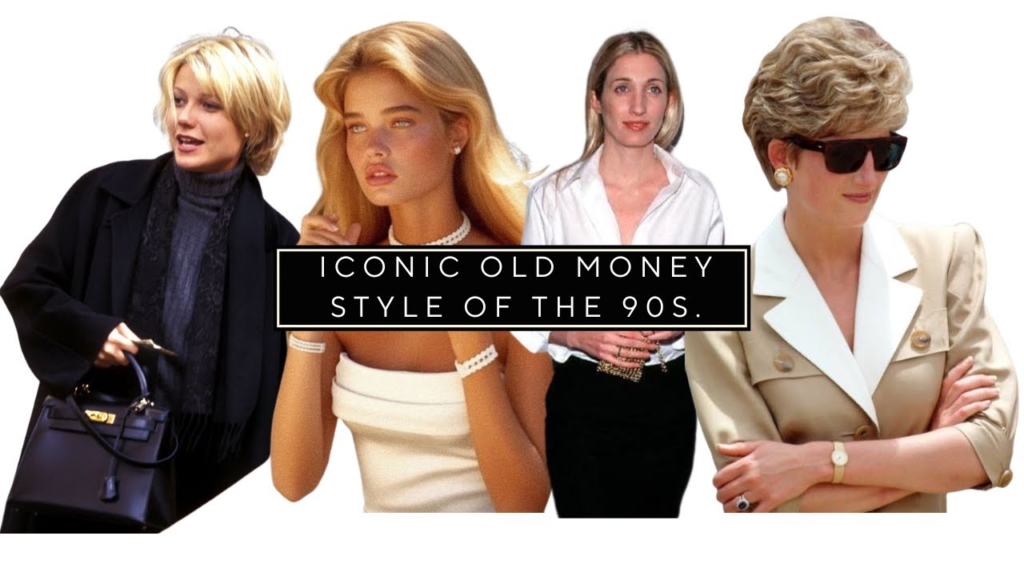Fashion has always been a reflection of society’s evolving tastes, attitudes, and innovations. However, the fashion industry has also seen its share of challenges related to labor exploitation, environmental degradation, and a culture of overconsumption. The “fashion revolution” refers to the growing movement aimed at making fashion more ethical, sustainable, and transparent. It seeks to address the systemic issues that have plagued the industry, from worker exploitation to the environmental impact of mass production. Here’s a look at how the fashion revolution has unfolded over time and why it’s critical for the future of fashion.
Early Beginnings: The Rise of Mass Production
The history of fashion as we know it began to shift during the Industrial Revolution in the 18th century. Mass production made clothing more affordable and accessible, while also making it possible for the average consumer to purchase garments at lower prices. This mass production marked the start of the modern fashion industry, where clothing was no longer handmade but instead produced in factories. The introduction of textile machines revolutionized the creation of garments, allowing for quicker production and increased availability.
As fashion became more widely available, it also became a symbol of status, with different segments of society using clothing to express their identity. However, this accessibility came with hidden costs, including environmental harm from resource extraction and exploitation of workers in textile factories.
Fast Fashion: The Emergence of a Problematic Industry

By the late 20th century, the rise of “fast fashion” accelerated the issue of overproduction. Fast fashion refers to the rapid manufacturing of cheap, trendy clothing that allows retailers to continuously release new collections, encouraging consumers to buy more frequently and discard items just as quickly. Brands like H&M, Zara, and Forever 21 capitalized on this trend, offering low-cost, on-trend clothing with quick turnover.
While this model made fashion even more accessible, it also led to immense environmental and social problems. The demand for cheap, disposable clothing put enormous pressure on garment workers, especially in developing countries. Workers often faced unsafe working conditions, long hours, and low wages. Furthermore, the industry became one of the biggest polluters in the world, contributing to carbon emissions, water waste, and the accumulation of textile waste in landfills.
The Tragedy of Rana Plaza and the Birth of the Fashion Revolution
The turning point for the modern fashion revolution came in 2013 with the tragic collapse of the Rana Plaza building in Bangladesh. The factory, which housed several garment factories producing clothes for global brands, collapsed, killing over 1,100 workers and injuring thousands more. Many of these workers had previously reported safety concerns, but were still forced to work due to the pressures of low wages and the demands of global retailers.
The Rana Plaza tragedy highlighted the devastating human cost of the fast fashion industry. In the aftermath, the Fashion Revolution movement was born. The organization calls for greater transparency in the fashion supply chain and advocates for better working conditions and fair wages for garment workers. The movement also promotes sustainable practices, urging both consumers and brands to consider the impact of their clothing choices on the planet and the people who make them.
Key Principles of the Fashion Revolution
The Fashion Revolution campaign centers around the question: #WhoMadeMyClothes? The idea is to increase visibility and accountability within the fashion industry, ensuring that consumers know where their clothes come from and who made them. In addition to advocating for workers’ rights, the movement pushes for more sustainable fashion practices, including the use of eco-friendly materials, reducing waste, and slowing down production cycles.
In the years since its inception, the Fashion Revolution movement has gained significant momentum, with more and more brands adopting sustainable and ethical practices. From pushing for certifications like Fair Trade to supporting initiatives that promote upcycling and clothing swaps, the movement aims to shift the entire fashion industry toward a more responsible and transparent future.
The Future of Fashion: Sustainability and Innovation
As the world becomes more conscious of environmental and social issues, the future of fashion is poised to shift. Brands are increasingly focusing on sustainability, with innovations in eco-friendly materials such as organic cotton, hemp, and plant-based fabrics. In addition, technologies such as artificial intelligence (AI) and blockchain are being integrated into the supply chain to track the origins of materials and ensure that workers are treated fairly.
The fashion industry is also embracing circular economy principles, where clothes are designed to be reused, repaired, and recycled rather than discarded. Sustainable fashion is no longer just a trend but is quickly becoming a necessity for the survival of the planet.
Conclusion: Why the Fashion Revolution Matters
The fashion revolution is more than just a movement—it’s a call for change. The industry is responsible for millions of jobs worldwide, yet many of these workers are exploited, underpaid, and treated unfairly. Additionally, the environmental footprint of the fashion industry is vast and unsustainable.
The Fashion Revolution is working to change these practices by demanding accountability, transparency, and sustainability from brands and consumers alike. It’s an urgent movement that encourages us all to rethink our clothing consumption habits and consider the impact of our choices on the world. By supporting ethical fashion and asking questions about where our clothes come from, we can contribute to a fairer, more sustainable fashion industry for generations to come.

